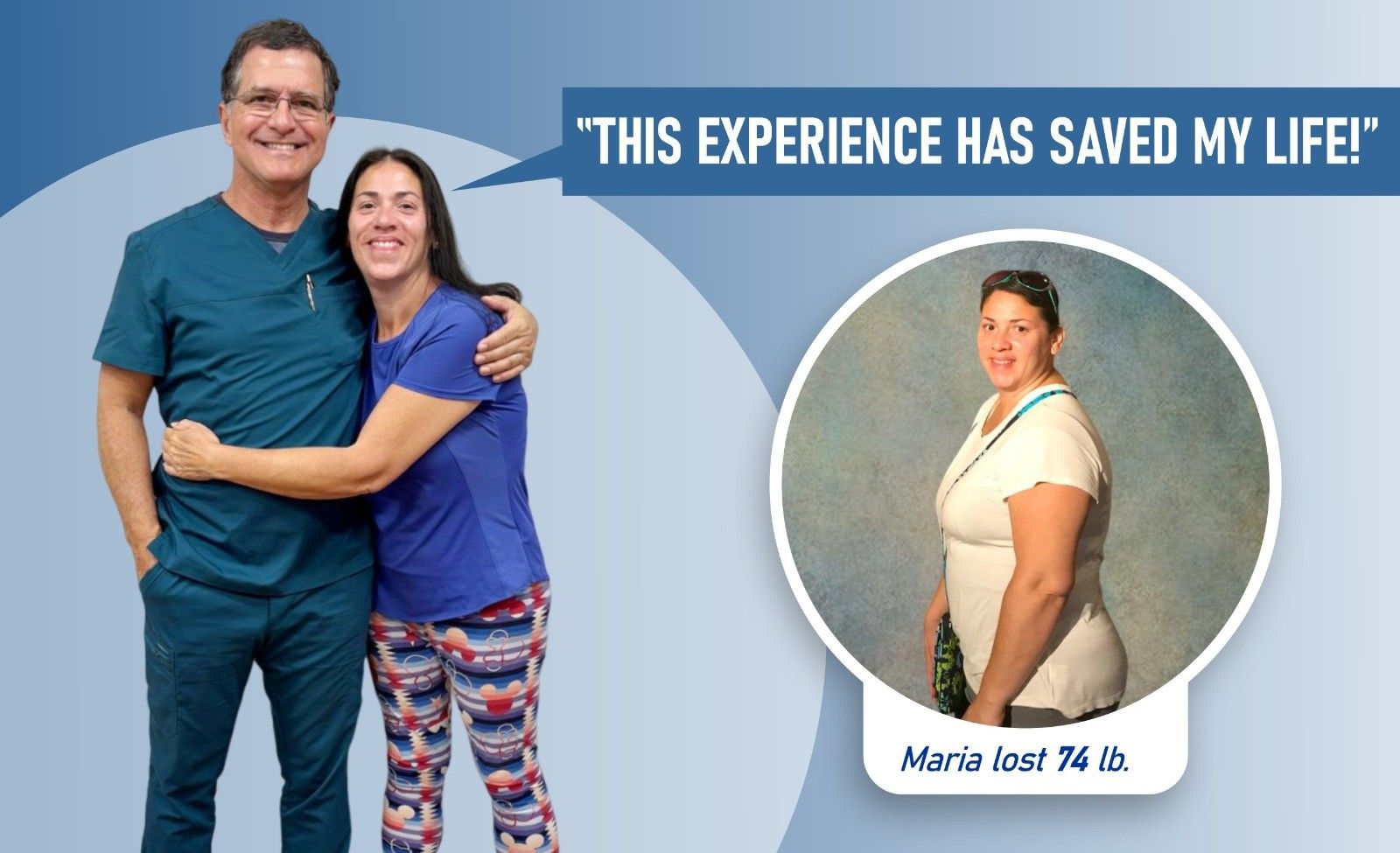Obesity and Weight Loss in Jacksonville, FL
Understanding Type 2 Diabetes
According to a Centers for Disease Control study, about 40% of the adults in the USA are now expected to develop diabetes during their lifetime. The study published in The Lancet Diabetes & Endocrinology, notes that the numbers look even worse for some ethnic minority groups:
- One in two (more than 50%) of Hispanic men and women and non-Hispanic black women are predicted to develop the disease
- Over the 26 years of study, the lifetime risk of developing type 2 diabetes for the average American 20-year-old rose from 20% for men and 27% for women in 1985–1989, to 40% for men and 39% for women in 2000–2011. The largest increases were in Hispanic men and women, and non-Hispanic black women, for whom lifetime risk now exceeds 50%

List of Services
-
About Type 2 DiabetesList Item 1
Type-2 diabetes is a chronic medical condition associated with high blood sugar levels. This condition occurs when certain cells in the body become resistant to insulin, which is a hormone produced by the pancreas and used to process blood sugar. Because the sugar cannot be processed and moved into the cells, the sugar builds up in the bloodstream, causing a number of symptoms and complications.
-
SymptomsList Item 2
Type-2 diabetes often causes no symptoms in the beginning. However, as time goes on, you may experience:
- Increased urination
- Increased thirst
- Hunger
- Fatigue
- Blurred vision
- Erectile dysfunction
- Numbness and/or pain in the extremities
- Infections that heal slowly or poorly
Diabetes is usually diagnosed through blood glucose testing. If diabetes is left untreated, patients may develop a number of complications, such as stroke, kidney failure, heart disease, blindness and more.
-
Type 2 Diabetes and Obesity
According to the National Institutes of Health, type 2 diabetes can develop in anyone, but most of the people who develop this condition are overweight or obese. In fact, although the exact mechanism is not known, carrying excess weight has been shown to increase the risk of type 2 diabetes significantly. Furthermore, remaining overweight after type 2 diabetes has developed will exacerbate the condition and increase the risk of complications.
There are various weight loss methods available, including a low-carbohydrate diet, increased physical activity and bariatric surgery. For most patients, combining these weight loss methods leads to the best long-term results.
To prevent the development of type 2 diabetes, individuals who are overweight or obese should do what they can to reduce their weight. Bariatric surgery has been conclusively shown to improve or in some cases put type 2 diabetes into remission.
Obesity & Weight Loss Resources
Patient Success Stories







